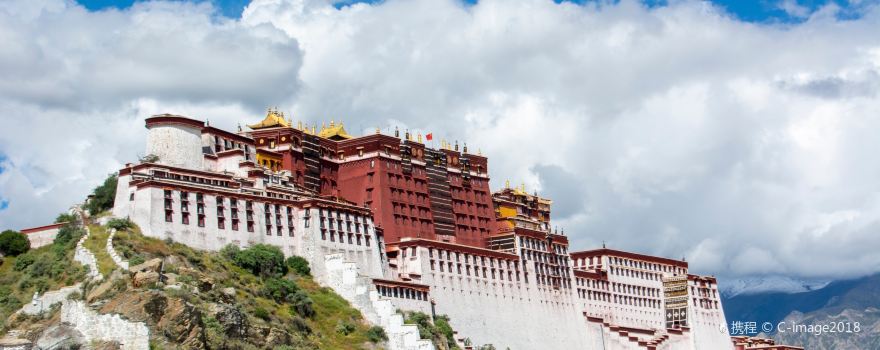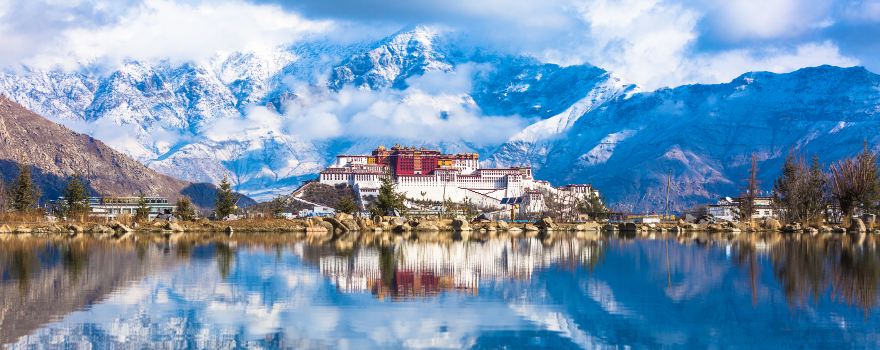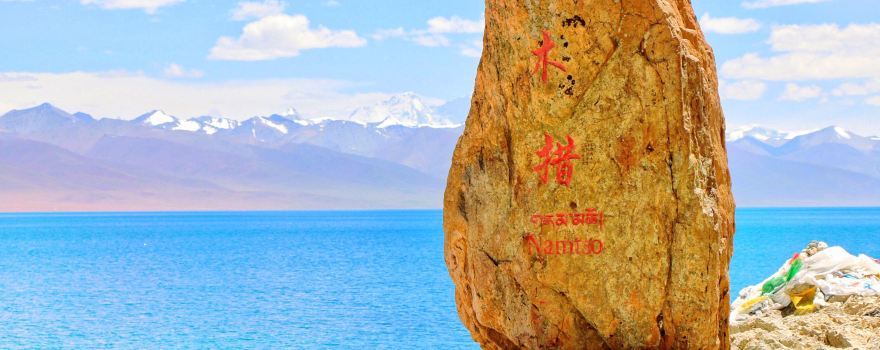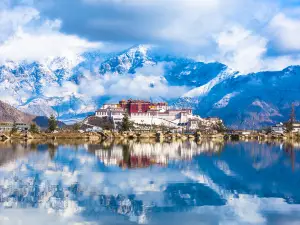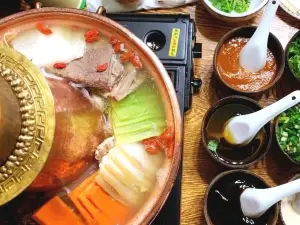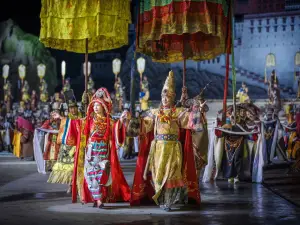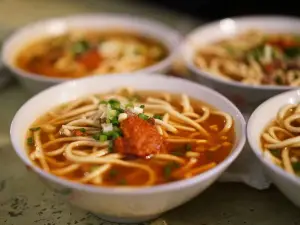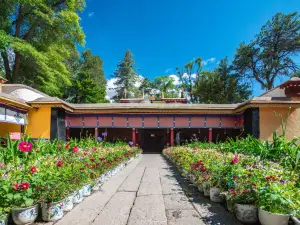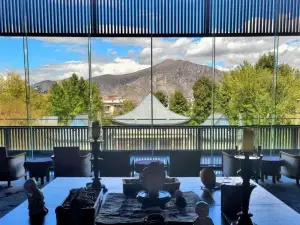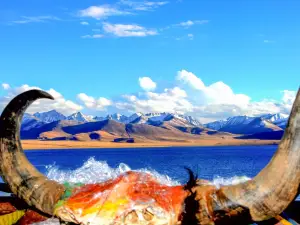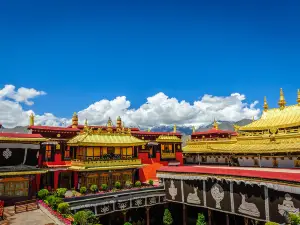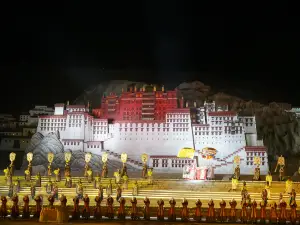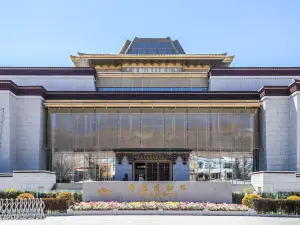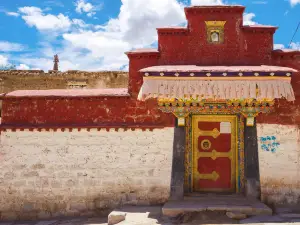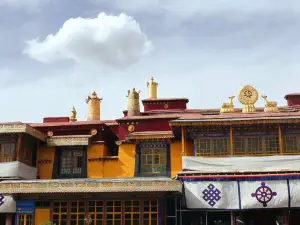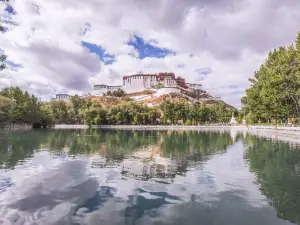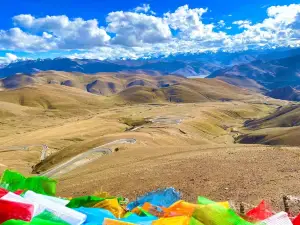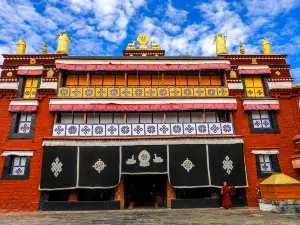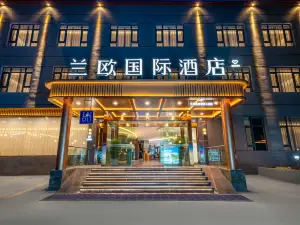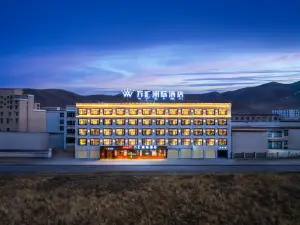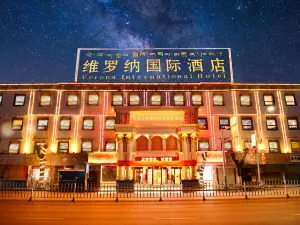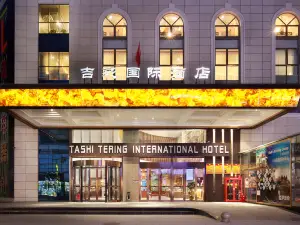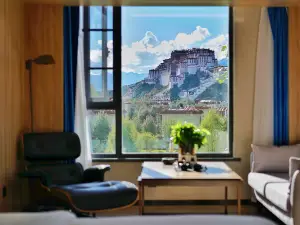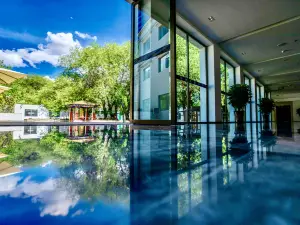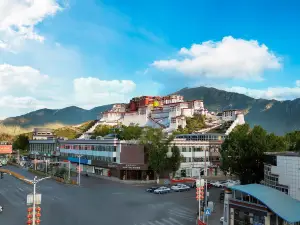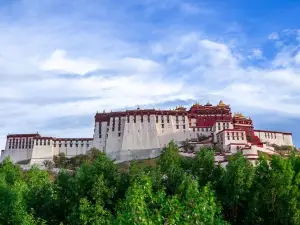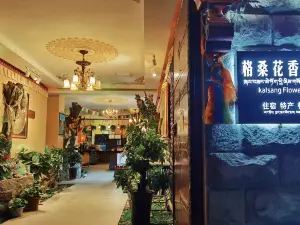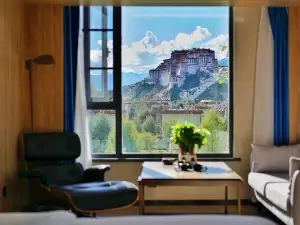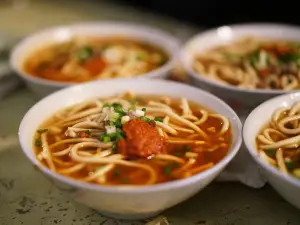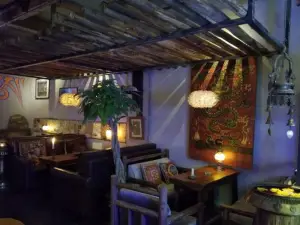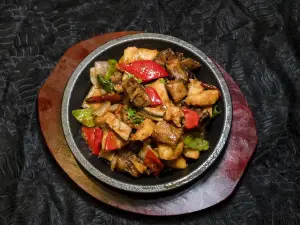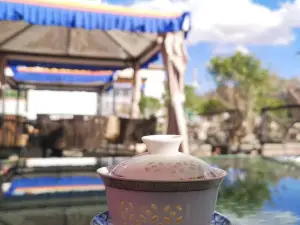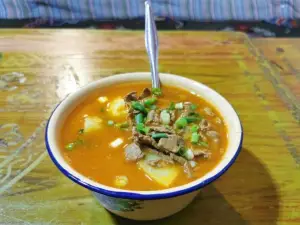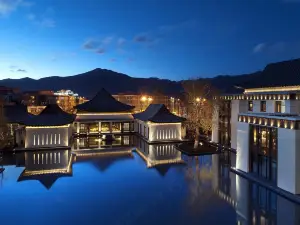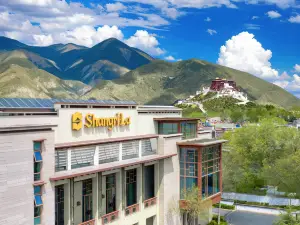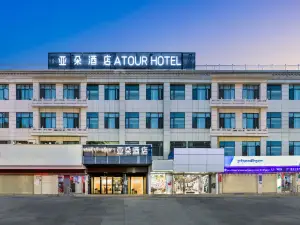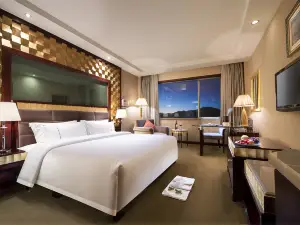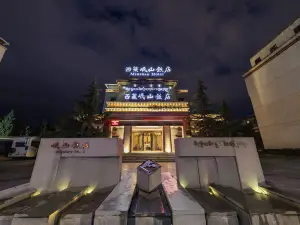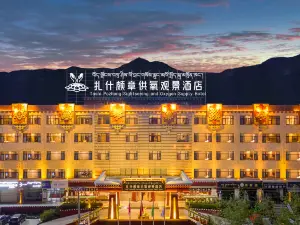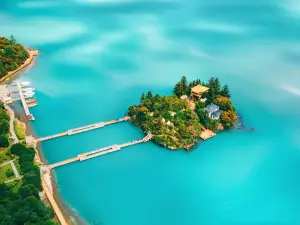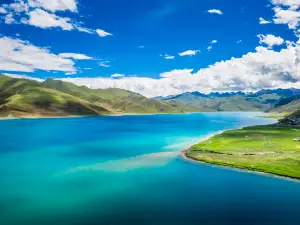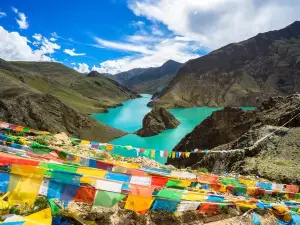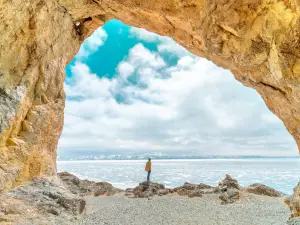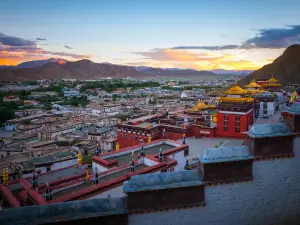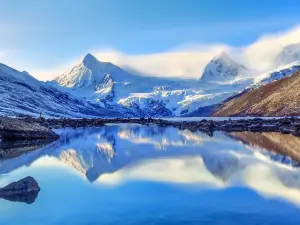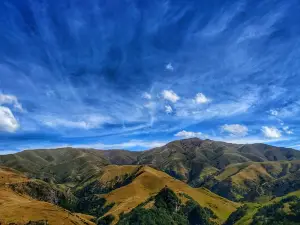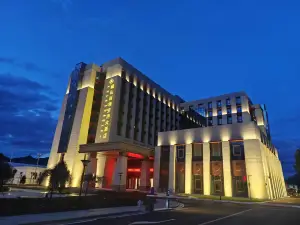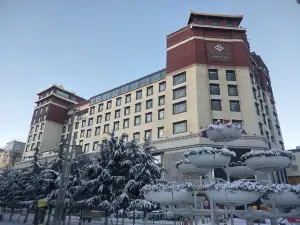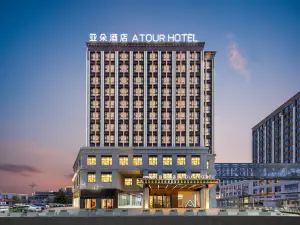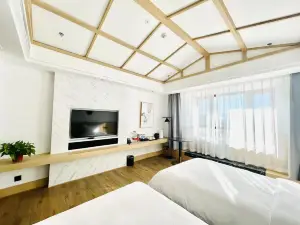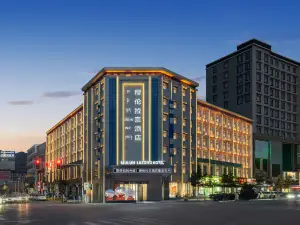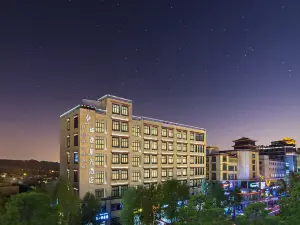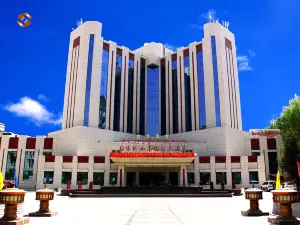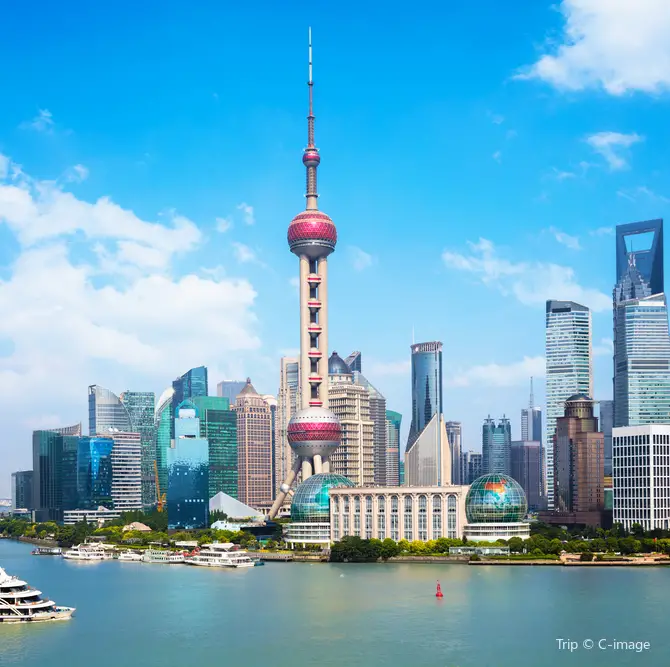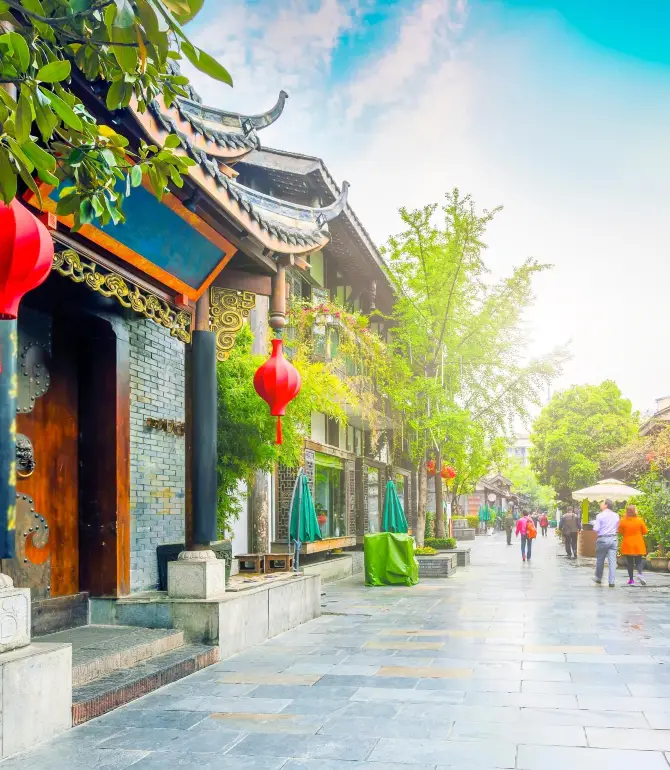Things to Do in Lhasa in 2025 - Top Attractions, Local Food, Hotels & Travel Tips (Updated June 2025) | Trip.com
About Lhasa
Recommended trip: 3–5 day(s)
Recommended trip: 3–5 day(s)Current Weather Conditions
Lhasa Local Experiences Map
Lhasa Local Travel Guide 2025
Lhasa Brief Guide
Lhasa, the capital city of China's Xizang Autonomous Region, 3,650 meters above sea level, has more hours of sunlight per year than any other city, thus earning it the name "City of Sunlight". Both inside the city and on the outskirts of town there are many noble palaces and temples such as the Potala Palace, Sera Monastery, Drepung Monastery and Jokhang Temple. These historic sites are well worth going to. Wherever you look, you will see devout believers and pilgrims paying their respects. Chakpori Hill is a good place for beautiful photos of Potala Palace in the light of the early morning. At the beautiful tree-lined Zongjiao Lukang Park, you can see Potala Palace reflected in the water. On bustling Barkhor Street, you can purchase colorful, unique Tibetan souvenirs. There are many precious artifacts on display at the Tibet Museum. If you want to experience a quieter and more tranquil environment, you can go to Xianzu Island in the southern part of the city.
Lhasa Must-try Local Experiences
1. Pilgrimage to the Potala Palace Visit the majestic Potala Palace to admire its exquisite murals, sculptures, and precious artifacts, and experience the mystery and solemnity of Tibetan Buddhism. From the top of the palace, take in panoramic views of Lhasa, feeling the rich history and culture of this sacred site. 2. Stroll Around Barkar Street Encircling Jokhang Temple, Barkar Street is one of the liveliest areas in Lhasa. With its numerous Tibetan-style buildings, artisan shops, and street food stalls, it’s a great spot to experience local life and shopping. 3. Debate Observation at Drepung and Sera Monasteries Visit Drepung and Sera Monasteries to observe the monks’ lively debate sessions. Through their gestures, expressions, and spirited exchanges, gain a unique insight into Tibetan Buddhist culture. 4. Camping and Stargazing at Namtso Lake Camp by the shores of Namtso Lake, where the high altitude and clear air make for spectacular stargazing at night. Alternatively, catch the sunrise or sunset from Tashi Peninsula, an unforgettable experience of the vast and serene Tibetan Plateau. 5. Thangka Painting Workshop Take a Thangka painting class to learn traditional Tibetan art techniques and create your own piece, immersing yourself in the beauty of Tibetan art. 6. Tibetan Costume Try-On and Photoshoot Rent a traditional Tibetan outfit in Lhasa and take a set of vibrant photos in Tibetan dress, experiencing the rich culture of Tibetan clothing. 7. Watch Tibetan Opera During Sho Dun Festival Sho Dun Festival, one of Lhasa’s most important festivals, usually takes place in August. During this time, you can witness grand Buddha unveiling ceremonies, Tibetan opera performances, and other lively folk activities. 8. Visit a Lhasa Tea House Lhasa is home to many traditional tea houses where you can enjoy butter tea and sweet tea, experiencing Lhasa’s tea culture and the everyday life of Tibetan people. 9. Taste Tibetan Cuisine Lhasa offers a diverse array of Tibetan dishes, such as Tibetan yak hot pot, tsampa, and yak meat. Try these local specialties at a restaurant or street stall to experience the unique flavors of highland cuisine. 10. Capture Panoramic Views of the Potala Palace The viewing platform on the Picture Spot of Jag Pori or Potala Palace Square offers ideal vantage points for panoramic shots of the palace. Visit in the early morning or late afternoon for softer light that enhances the grandeur of the palace.
Lhasa Must-see Attractions
Lhasa is a culturally and historically rich city featuring landmark sites such as Potala Palace, Namtso Lake, Jokhang Temple, and the Tibet Museum, which collectively showcase its profound political history, religious significance, and stunning natural beauty.
Lhasa Food Guide
Lhasa's cuisine boasts distinct regional flavors, including soft, meaty potato buns, comforting and energizing butter tea, authentic tangy handmade yogurt, and Zanba, a traditional staple often enjoyed with butter tea or various condiments.
Lhasa Transportation
Lhasa's transportation infrastructure is primarily centered around its airport and railway station, which are essential for intercity travel and connectivity. Lhasa Gonggar Airport (IATA: LXA, ICAO:LZLX) is the main airport serving Lhasa and is one of the highest airports in the world. Located approximately 60 kilometers from Lhasa city, it connects the region to various domestic and international destinations. To reach Lhasa from the airport, travelers can take a shuttle bus for around 30 yuan per person or opt for a taxi, which is more costly but offers a direct route to the city. Lhasa Railway Station is another major transportation hub. It is situated in the Niu New Area, Doilungdêqên District, and is connected to the city center by the Liuwu Bridge. The station is part of the Qinghai-Xizang Railway, the highest railway in the world, and serves as a significant link to various destinations within China. For transportation to the city, public buses and taxis are available, with taxis costing approximately 25 yuan to the city center.
Lhasa Where to Stay
The city’s accommodation scene is vibrant and widespread, extending from the vicinity of major cultural landmarks to quieter, more scenic environs, aptly serving both ardent explorers and peace seekers alike.
Lhasa Best Time To Visit
The best time to visit Lhasa is during the months of April to June and September to October, as these periods offer clearer skies and the best views, making them ideal for trekking and sightseeing. Additionally, October and November are highlighted as the best months for a visit due to the warm, dry weather and abundant sunshine, providing over 9 sunny hours per day on average. The summer months, particularly August, are also recommended due to pleasant weather and a high concentration of festivals and celebrations, such as the Shötun (Yogurt Festival) and the Horse-Racing Festival. However, it is important to note that Lhasa is usually closed to international travelers in mid-February and March for the Tibetan New Year (Losar).
Lhasa Useful Guide
Lhasa, the capital of Xizang, is a region where Tibetan is the primary language, with various dialects influenced by local cultures. Travelers can expect Tibetan guides to be fluent in English, ensuring effective communication during their visit. Translation services, including language apps, are available to help tourists navigate language barriers. The presence of multiple languages is due to Xizang's diverse ethnic groups and the influence of tourism. For non-verbal communication, gestures and visual aids like maps can be helpful.
Trip.Best: Lhasa
Things to do in Lhasa
What to Do
Where to Stay
What to Eat
Lhasa Moments: Through Travelers' Eyes
![[Tibet's Hottest Itinerary! Visit 8 Top Attractions in 6 Days]](https://ak-d.tripcdn.com/images/1mi5a12000jf3hlkmAA52_W_320_0_R5.jpg?proc=source/trip)
[Tibet's Hottest Itinerary! Visit 8 Top Attractions in 6 Days]

3-Day, 4-Night Tibet Itinerary

A 19-day, 18-night trip to Tibet for one person

Explore Tibet, the Roof of the World

I came to Mount Shapu for this bridge, and it's truly more breathtaking than Iceland!

10 Tips for Foreigners Traveling to Tibet to Save Money and Hassle

Solo Trip to Tibet | 10-Day Train Trip to Tibet

I thought Switzerland was beautiful enough until I came to Nyingchi, Tibet...
Best of Lhasa
Site Operator: Trip.com Travel Singapore Pte. Ltd.
